INDIA - 2021/07/17: In this Photo illustration a Binance Bitcoin logo seen displayed on an Android ... [+]
SOPA Images/LightRocket via Getty ImagesWhat Happened: Binance.US Breaks Rank
Binance.US, the U.S. affiliate of the world’s largest crypto exchange, suspended trading fees on bitcoin pairs on June 22. Binance itself followed suit on July 8t. Based on reported trading volume in mid-June and mid-July tracked by Forbes, the impact was immediate for Binance.US. While other major crypto exchanges, including Binance, saw volume drop by 50% or more, Binance.US experienced just a 2% reduction. In fact, the first month of summer has seen daily volume collapse more than 67% for the universe of more than 150 crypto exchanges that Forbes tracks regularly.
In fact, the Binance.US daily bitcoin volume held steady at $187 million, outpacing that of larger domestic exchanges such as Kraken (dropped from $446 million to $103 million) and Gemini ($244 million to $51 million).
Given this immediate impact, the big questions become:
- Is this the start of a trend?
- How can crypto exchanges generate long-term profits in a zero-fee environment
Change in bitcoin trading volume daily, Jun 2022 to July 2022, in $ millions.
ForbesKey Context
MORE FROMFORBES ADVISOR
The Robinhood Zero-Fee Precedent
Another firm, San Francisco-based Robinhood (HOOD) instituted free stock trading in 2013, free options in 2017, and free crypto transactions in 2018. It took six years for Schwab to match Robinhood’s zero-commission strategy, and after that it became the industry norm. From 2013 until 2019, U.S. stock brokers had been reducing their fees gradually, with some major names unable to compete–Scottrade, for example, was scooped up by TD Ameritrade in 2017 as a result. After the zero-fee policy became the norm, further consolidation ensued, with Schwab acquiring TD Ameritrade and Morgan Stanley MS purchasing E*Trade.
How could these two acquirer firms make money in a fee-less business? The short answer is client relationships. We’ve reported previously how paying for retail order flow is a profitable strategy for non-bank market makers like Citadel Securities LLC and Virtu Americas, LLC. Schwab may have had its 1980s start as a discount broker, but by the last decade it was a massive asset manager with $8.14 trillion under management. It has learned to make money in many different ways, such as actively managing bond portfolios, charging for financial planning and getting administrative fees from mutual fund companies. E*Trade provided Morgan Stanley a large client base, younger and less wealthy than those in the acquirer’s traditional wealth-management business. Customers of the acquired companies maintain connections to the brands, bringing investable assets to the new owners. One day these same investors may inherit capital from their parents, reach their top earning years with successful careers intact and have more complex financial decisions to make – that’s when Morgan Stanley’s vast wealth management operations will benefit from the E*Trade acquisition.
China’s Foray Into Free Bitcoin BTC Trading
As the China free-trading experience showed a few years back, the practice can lead to irrational, machine-generated volume for the sake of market-share claims.
Monthly bitcoin trading activity by the three largest Chinese exchanges during a period of free ... [+]
ForbesThree Chinese crypto exchanges–Huobi, BTC China and OKCoin– initiated a zero-fee war in September 2013, apparently generating bitcoin volume in the tens of millions monthly. Chinese exchanges made their money from withdrawal fees, which decreased as clients traded higher volume. Giving traders an incentive to trade more to pay less in withdrawal fees, makes investors prone to enter into wash trades that boost volume while being hedged. The excessive trading is for show, giving new investors the impression that some asset is in high demand and giving them a reason to bid up its value even more. That perverse incentive to fake trade could again be present in some exchanges, but not necessarily.
The crazy high volume didn’t start right away, but what was supposed to be a temporary fee suspension became a permanent feature and it contributed to the perception that the trading of bitcoin was dominated by China. In practice, it also led to a lack of friction among exchanges, which instituted few if any barriers to keep away poorly designed crypto projects. The reversal of the zero-bitcoin fee policy would only come in early 2017 as the Bank of China initiated mopping up of crypto exchanges and the initial coin offering market in China.
Exchanges Will Still Face Questions
Prior to the zero-cost policy, Binance.US’s fees were already among the lowest, at 10 basis points, comparable to FTX’s 10 points for makers and 20 for takers and to Coinbase COIN Pro’s 40/60 basis-point fees. So if Binance offering its services for 10 basis points prior to its zero fee didn’t dissuade a lot of market participants, will getting rid of that fee suddenly open the flood channel of new customers? Hardly, but there’s something to be said of the contrasting approach Binance companies have relative to rivals . It is conceivable that Binance.US’s bravado will turn heads and gain U.S. adherents.
Binance and Binance.US have responded to the current crypto winter by reportedly increasing their workforce and, most recently, by boosting a U.S. affiliate program immediately after Coinbase canceled a similar offering. How can Binance.US adopt this contrarian approach? Shrewdly, Binance kept its powder dry as some of its major peers entered into megadeals that sponsored major sports franchises and venues like Crypto.com and FTX did in 2021.
Also, in the case of Binance.US, the firm raised $200 million of equity capital in April from RRE Ventures, Foundation Capital and Original Capital, and in late June Binance.US CEO Brian Shroder revealed to Protocol that the company would soon announce an additional $50 million raised from its strategic partners. The stated purpose of the fundraising is to expand spot trading activities and boost the firm’s marketing. While considerable, these funds will not guarantee long term solvency.
Like Robinhood over the years, Binance and Binance.US will face persistent questions of how they make their money if not by trading fees or selling its flow to market makers. It is conceivable that Binance’s new crypto lines of product like staking, NFTs and institutional trading will help create a viable business. But the firm’s limited transparency in sharing how it makes money means that doubts will persist over whether it can sustain its free-trades policy.
Takeaways
Domestic competitors haven’t matched Binance.US zero bitcoin fee announcement, suggesting U.S.-based crypto exchanges are dependent on trading revenue - see Forbes’ article last week detailing how 90% of Coinbase’s revenue comes from trading. But time and persistent lower volume may nudge reluctant exchanges down the slippery slope of zero trading fees, completely changing their business models. The Binance adoption of free bitcoin trading could end up being as momentous as Schwab’s move to end equity brokerage fees in 2019.
Binance.US informed Forbes that the zero trading fee would not come at the cost of selling the flow to third parties, something that Robinhood routinely does and is legal although controversial. “Binance.US does not receive rebates from third parties, including Binance or Binance-controlled intermediaries, for order flow” stated the Binance.US communication’s team. The firm went on to say that it supported a fixed flat rate for withdrawals after cutting its bitcoin charge by 60% to 2 points.
Twelve years since the launch of Mt Gox, arguably the first major crypto exchange, a historian could well point to now as the start of a consolidation phase where exchange commissions compress faster and eventually are eliminated. But crypto investors shouldn’t hold their breath for zero fees to be everywhere. If experience in the equities world is any guide, it will be years until zero fees force the hand of the remaining major firms. Here’s what we can bet on: Binance.US’ “free trading” will hurt most crypto exchanges with the highest fees and have the least impact on low-fee exchanges. Crypto exchanges unable / or unwilling to lower fees will likely experience lower trading volume unless they have other revenue streams and attractive products that keep them going.
Cost of buying bitcoin in the United States, measured in basis points by service provider
ForbesRegardless of this slow moving war of attrition among exchanges, it makes sense for crypto investors to continue to base their choice of crypto exchange on things that define a well-rounded crypto exchange, things such as an extensive product choice, sound regulatory compliance, and strong financial backing.
With Robinhood stock (HOOD) trading at $8.36, down 76% since going public, it’s ironic that the zero trading fee poster child may itself be acquired by FTX, a no-zero-fee firm (FTX). Be that as it may, trading volume in the free-trading fee era will get muddled, with fee-generating volume and machine-generated free trading being counted together.

You can get bonuses upto $100 FREE BONUS when you:
💰 Install these recommended apps:
💲 SocialGood - 100% Crypto Back on Everyday Shopping
💲 xPortal - The DeFi For The Next Billion
💲 CryptoTab Browser - Lightweight, fast, and ready to mine!
💰 Register on these recommended exchanges:
🟡 Binance🟡 Bitfinex🟡 Bitmart🟡 Bittrex🟡 Bitget
🟡 CoinEx🟡 Crypto.com🟡 Gate.io🟡 Huobi🟡 Kucoin.

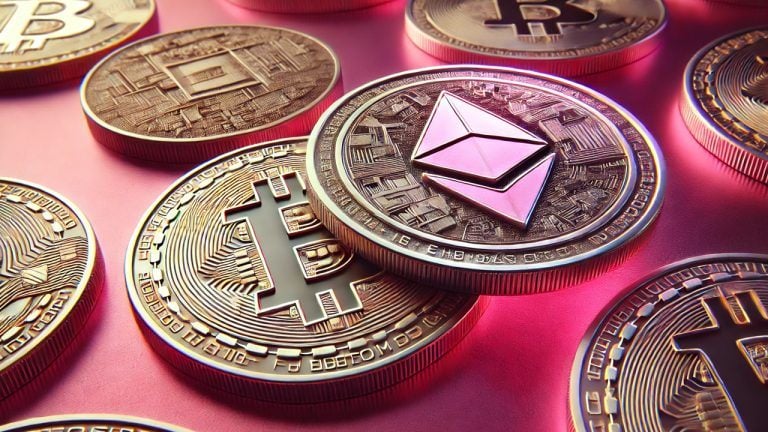
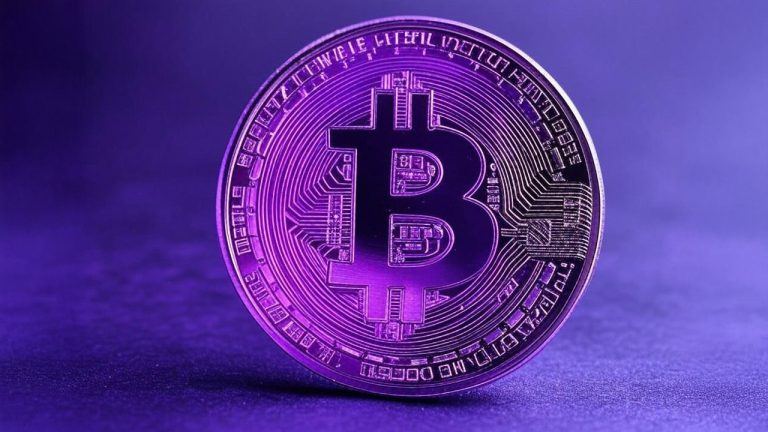




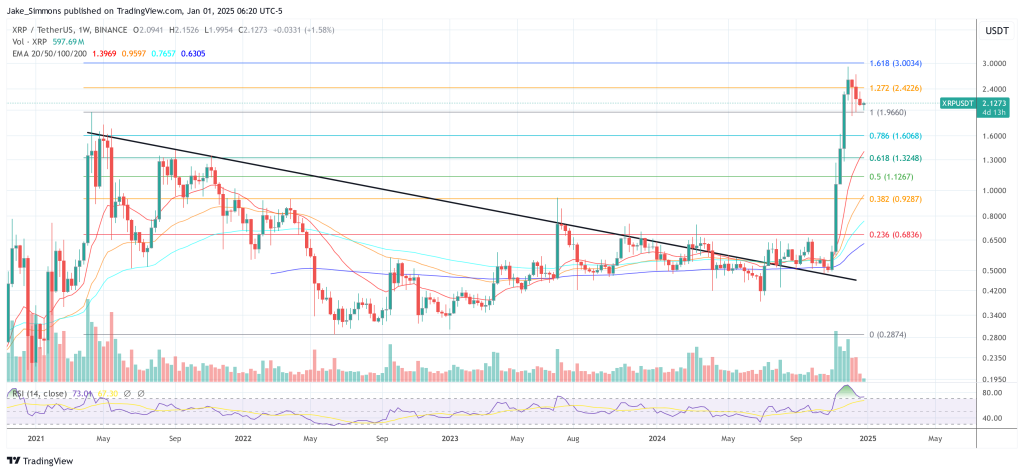


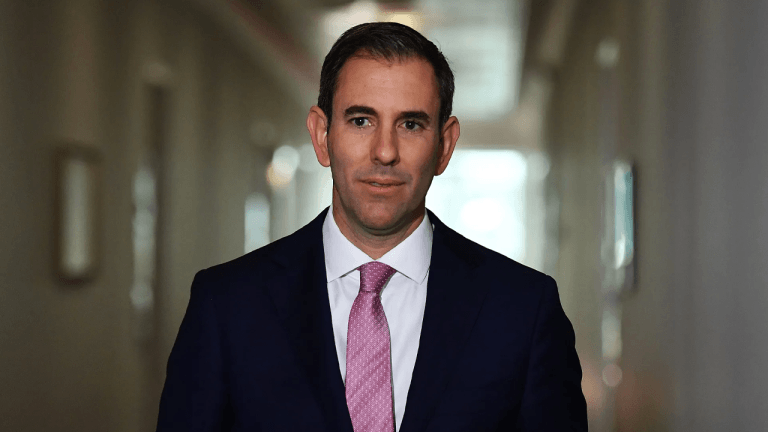
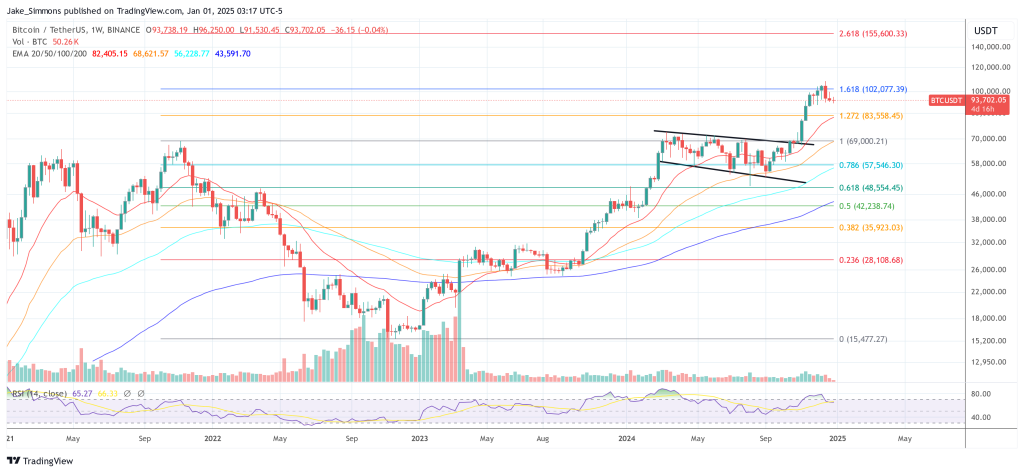
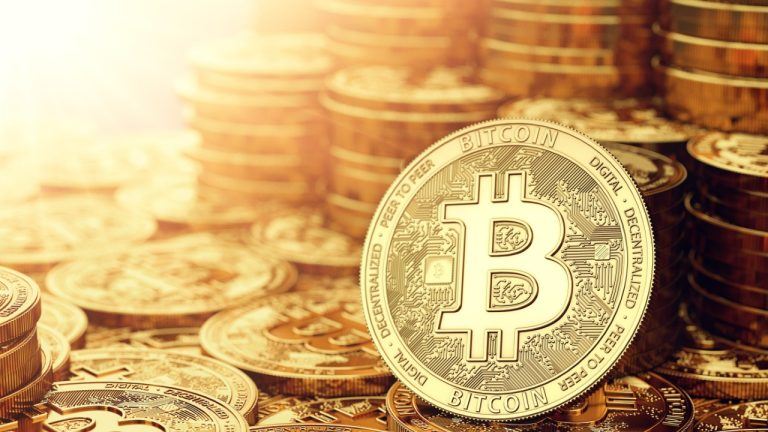

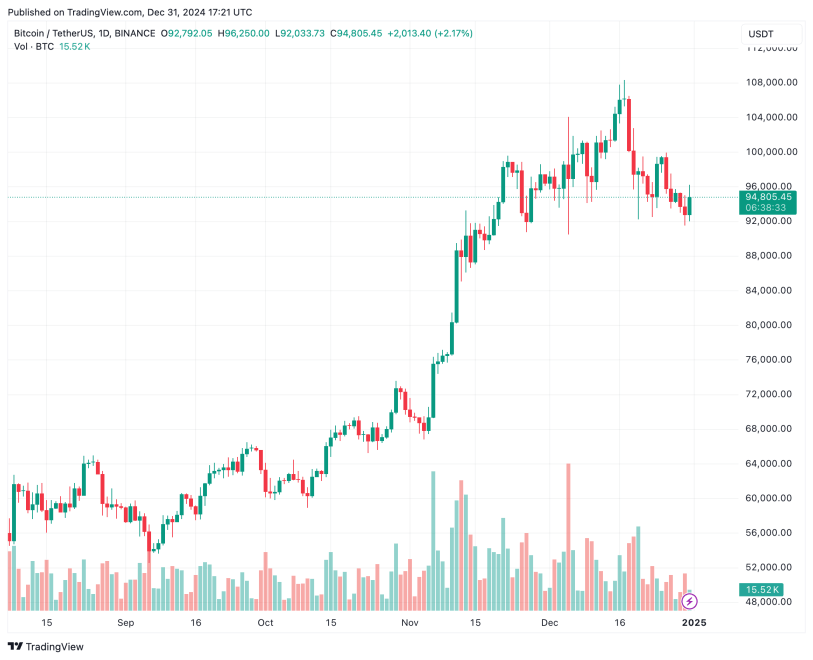
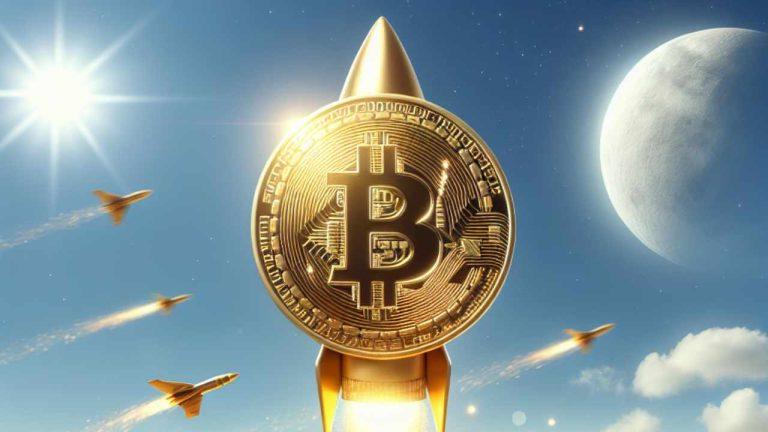

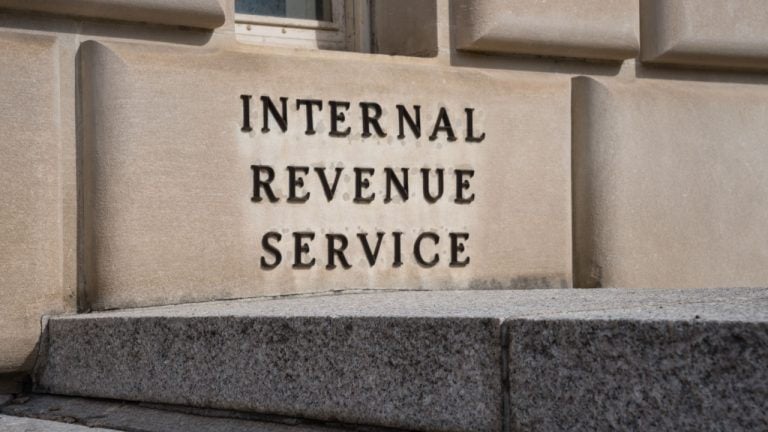


Comments